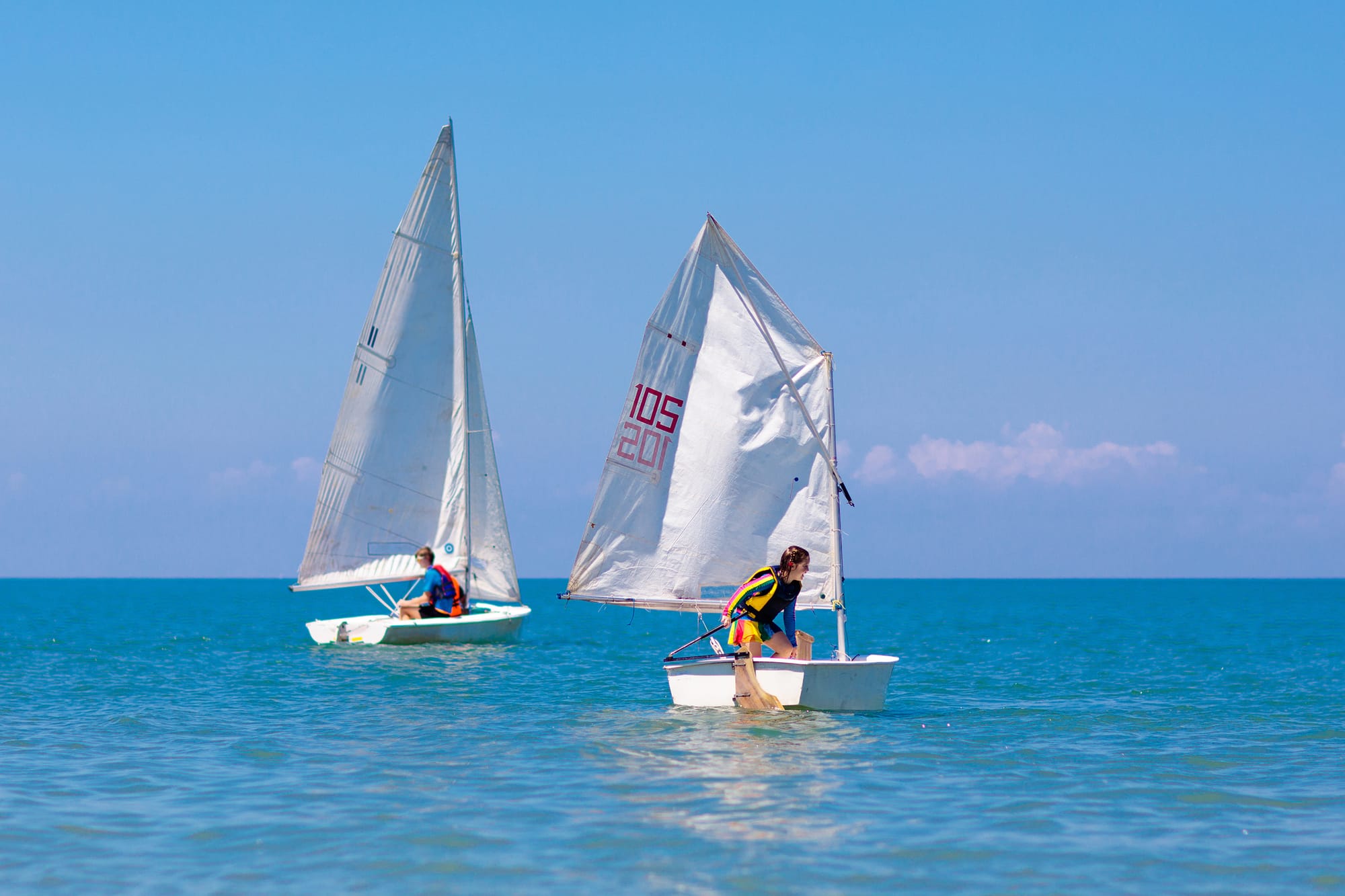Introduction to Sailing for Beginners

Introduction to Sailing for Beginners
Sailing is a sport and recreational activity that offers endless rewards and challenges. Not only does it allow you to enjoy nature and the outdoors, but it also teaches important values such as patience, respect for the environment, and teamwork. This article provides a basic guide for those looking to start their journey into the world of sailing, covering the essential aspects every beginner should know.
Basic Sailing Knowledge
Before embarking on your first sailing adventure, it is crucial to understand some basic concepts and essential terminology:
- Boat: The vessel used for sailing. There are various types, from small dinghies to larger yachts.
- Sail: The piece of fabric that captures the wind and propels the boat.
- Rudder: A device used to steer the boat.
- Keel: A vertical structure located underneath the boat that helps stabilize it and improve its course.
- Ropework (Rigging): All the types of ropes used on the boat.
- Rigging: The system of elements used to control the sails.
Understanding these basic components is the first step to learning how to sail. Additionally, it is essential to familiarize yourself with the basic techniques for handling the sails and steering the boat to fully enjoy the sailing experience.
Preparation for Sailing
Proper preparation is key to ensuring a safe and enjoyable sailing experience. Beginners should consider the following aspects:
- Equipment check: Ensure that all parts of the boat, including sails and rigging, are in good condition and functioning properly.
- Safety: Make sure everyone onboard has life jackets and that you are familiar with basic safety measures.
- Weather conditions: Check the weather forecast and avoid sailing in strong winds or storms.
- Route planning: Have a clear sailing plan, considering alternative routes and sheltered areas in case conditions change.
Preparation is not only about equipment and external conditions but also about gaining knowledge and training in sailing. Taking an introductory sailing course can provide beginners with the skills needed to begin confidently.
First Steps on the Water
Once you have understood the basic theory and completed your preparation, it’s time to start practicing on the water. The first steps should be supervised by an instructor or an experienced sailor. Some of the first skills to practice include:
- Hoisting and lowering the sails: Learn how and when to raise or lower the sails as needed.
- Maneuvering: Practice changing direction and how to handle the boat in different wind conditions.
- Using the rudder: Familiarize yourself with the rudder and how it affects the boat’s course.
- Sail control: Adjust the sails to optimize wind usage.
- Basic knots: Learn how to tie the most common knots used in sailing.
It is crucial to take these first steps gradually, increasing the difficulty of the exercises as you gain confidence and skills.
Tips for Improving Technique
As you gain more experience in sailing, it’s important to keep learning and improve your technique. Here are some tips for advancing your learning:
- Attend advanced courses: Participate in courses that offer advanced training and specific sailing techniques.
- Practice regularly: Consistent practice is essential for improving skills and consolidating knowledge.
- Learn from mistakes: Analyze any mistakes made during sailing and learn from them.
- Read about sailing: Expand your knowledge through books, articles, and other resources to gain a deeper understanding and learn new techniques.
- Sail with experts: Spending time on the water with experienced sailors can offer invaluable lessons and practical advice.
Finally, it’s crucial to enjoy the learning process and the experiences sailing offers. Patience, practice, and a passion for sailing are key to becoming a competent sailor and fully enjoying this fascinating sport.


